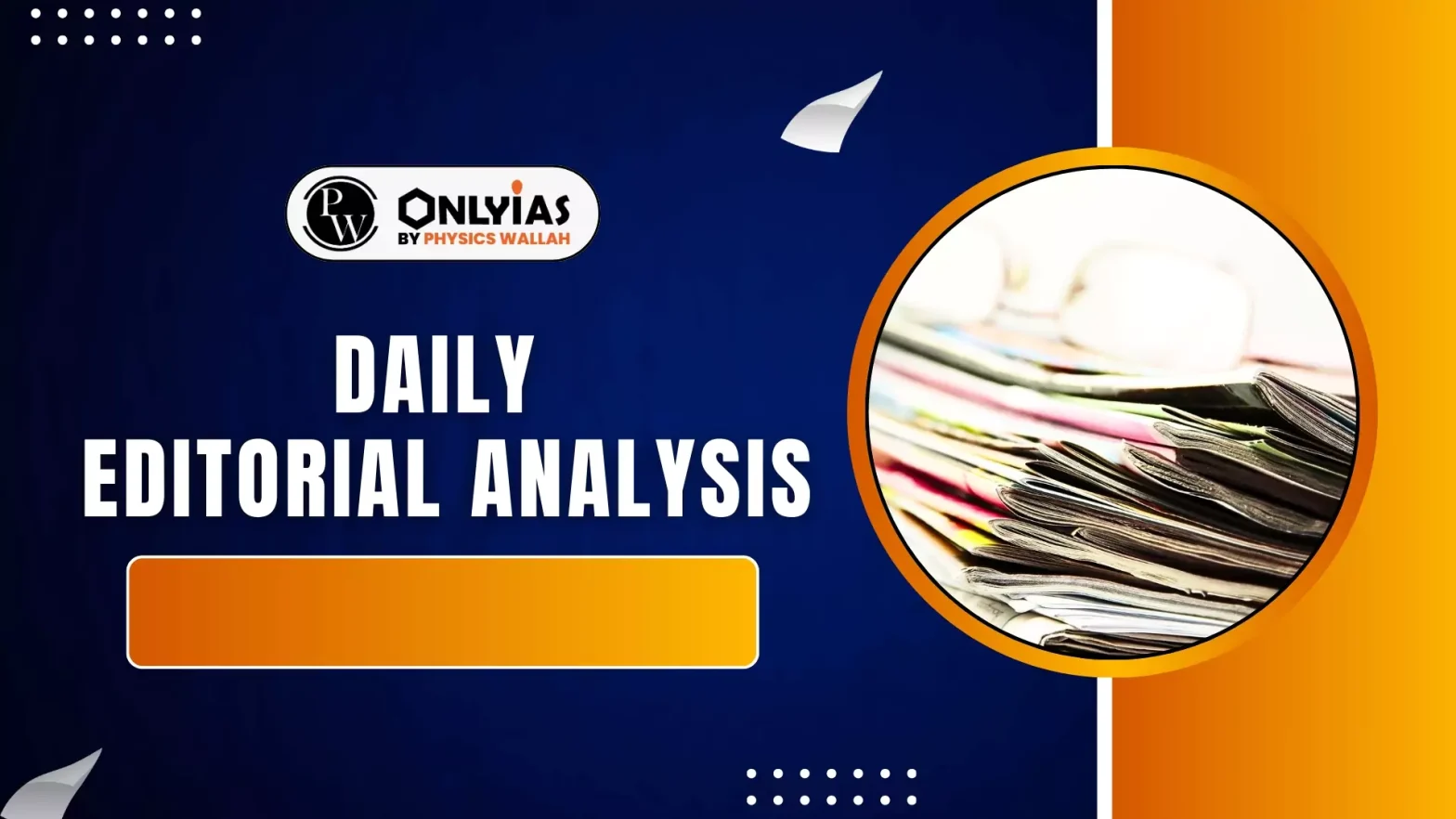BRICS, initially conceived as a symbolic coalition of emerging economies, has undergone a significant transformation and is seen as a platform for alternative global governance.
- It began as “BRIC” (Brazil, Russia, India, China) and now has expanded to include new members, showcasing its growing influence and the global demand for a multipolar world order.
Evolution and Current Standing
- Expansion: In 2024, BRICS welcomed new members: Egypt, Ethiopia, Iran, and the UAE.
- Global Contribution: The expanded BRICS bloc now accounts for approximately 46% of the world’s total population and contributes around 40% of global GDP in purchasing power parity (PPP) terms.
Reasons for Expansion of BRICS
The expansion of BRICS is not merely an anti-Western sentiment but a reflection of various countries seeking a more equitable and multipolar global system. Each new entrant has distinct strategic motivations:
- Iran joined to circumvent Western sanctions that have isolated it from global trade.
- The UAE seeks to diversify its economy and reduce its dependence on oil, viewing BRICS membership as an opportunity for broader trade engagements with member countries.
- Ethiopia is looking for increased development finance, particularly from BRICS’s National Development Bank.
- Egypt aims to bridge Afro-Arab divides and enhance its geopolitical leverage.
Challenges Related to BRICS
- Internal Complexities: Despite its growth, BRICS faces significant internal complexities and tensions, particularly between key members like India and China.
- Divergent Views: Member countries often hold differing views on various issues, impacting the bloc’s unity.
- Example: Chinese President Xi Jinping did not attend the 2025 Rio Summit.
- Critical Minerals: At the Rio Summit, Prime Minister Modi raised concerns about dependence on critical minerals, a point likely not welcomed by China, which currently dominates this sector.
- China’s Dominance: BRICS is becoming increasingly China-dominated, with China contributing 70% to BRICS’s nominal GDP.
- China also exerts significant influence over the leadership of the National Development Bank (NDB), BRICS Pay, and the definition of digital norms.
- India opposes this, advocating for a truly multipolar world order rather than a shift from US dominance to Chinese dominance.
BRICS as an Alternative to Western Institutions
BRICS has actively created alternative institutions to counter the Western-dominated post-World War II global governance structures like the IMF and World Bank, which are perceived to favour Western countries.
- National Development Bank (NDB): Established by BRICS, the NDB functions similarly to the World Bank, providing loans for projects.
- It has disbursed over $32 billion in loans in recent years.
- Unlike Bretton Woods institutions, the NDB offers equal voting rights to its members and imposes fewer conditions on loans.
- Contingent Reserve Arrangement (CRA): This arrangement provides a $100 billion liquidity pool for member countries.
- The CRA offers currency swap provisions to members needing dollars or other currencies, rather than direct loans.
- This serves as an alternative to the IMF, which is heavily influenced by Western countries.
- BRICS Pay: Launched in 2025, BRICS Pay is a cross-border digital payment platform, with countries like the UAE, Brazil, and South Africa already connected.
- This platform is crucial as an alternative to the Western-controlled Swift system, which has been weaponised (e.g., by expelling Russia).
- BRICS Pay enables real time, low cost transactions for remittances and SME Trade.
- India’s difficulties with rupee rouble settlements post 2022 and the exclusion of Russia and Iran from the global payment networks have made the case for sovereign alternatives urgent.
- India’s UPI: India’s Unified Payments Interface (UPI) is a highly successful and scalable platform, recording 14.3 billion transactions in June 2024.
- There is strong interest in UPI from Global South countries, particularly in Africa, as a model for digital payments.
- India has already implemented UPI in countries like Singapore, the UAE, and Kenya, making Indian payments easily acceptable there.
- Food Security and Export Policies: BRICS plays a significant role in global food security, producing over 52% of global rice and 42% of wheat.
- Rio Summit 2025: At the 2025 Rio Summit, BRICS members condemned the weaponisation of food exports, arguing that food should not be used as a political tool, unlike historical instances where Western countries (e.g., USA during the PL 480 program with India) have done so.
- India’s Position: Despite the collective stance, India has resisted this resolution. India sometimes bans rice or wheat exports not as a weapon, but due to its large population (1.4 billion people) and concerns about domestic food shortages. India is also under pressure to open its agricultural market to multinational corporations.
Areas of Improvement
- Coherence: While BRICS has advanced significantly from being merely a “block of grievances” against Western countries, emerging as a strong player in FinTech, food systems, and digital public goods, further coherence among its members is essential.
- Multipolarity and Rules based order: The bloc must strive to present a better alternative for global governance rather than merely replacing US dominance with Chinese dominance.
- Trade: Significant trade, particularly in areas like aircraft leasing (85% dollar-denominated), port logistics, reinsurance, and semiconductors, still primarily occurs in US dollars, indicating that BRICS has much more to achieve to reduce dollar dependency.
Conclusion
Without credible institutions, plural governance, and enforceable norms BRICS could replicate the very inequities it aims to escape.
![]() 24 Jul 2025
24 Jul 2025

